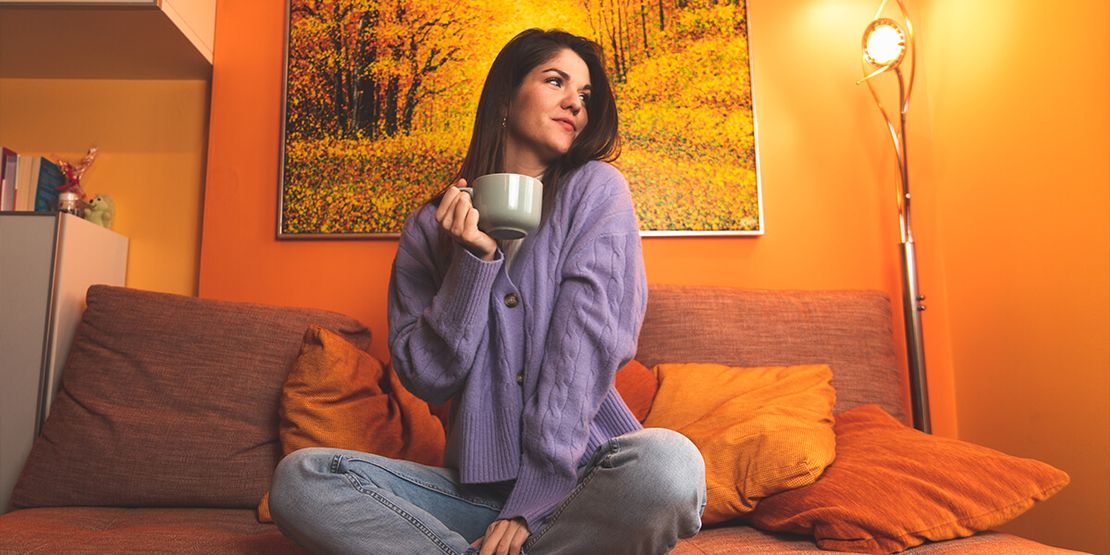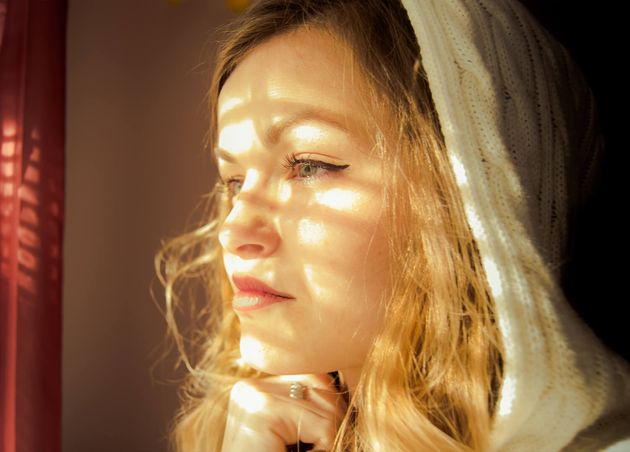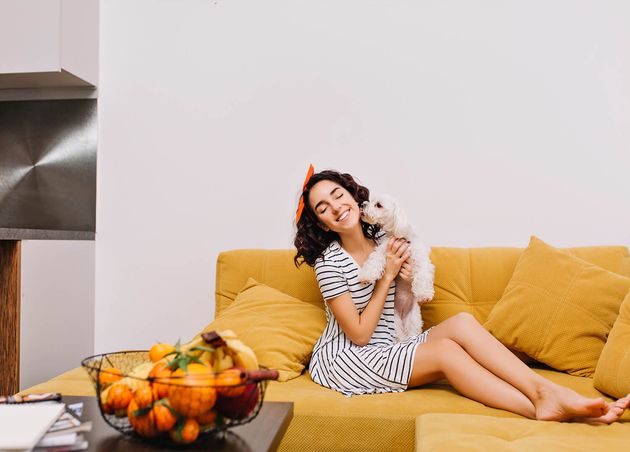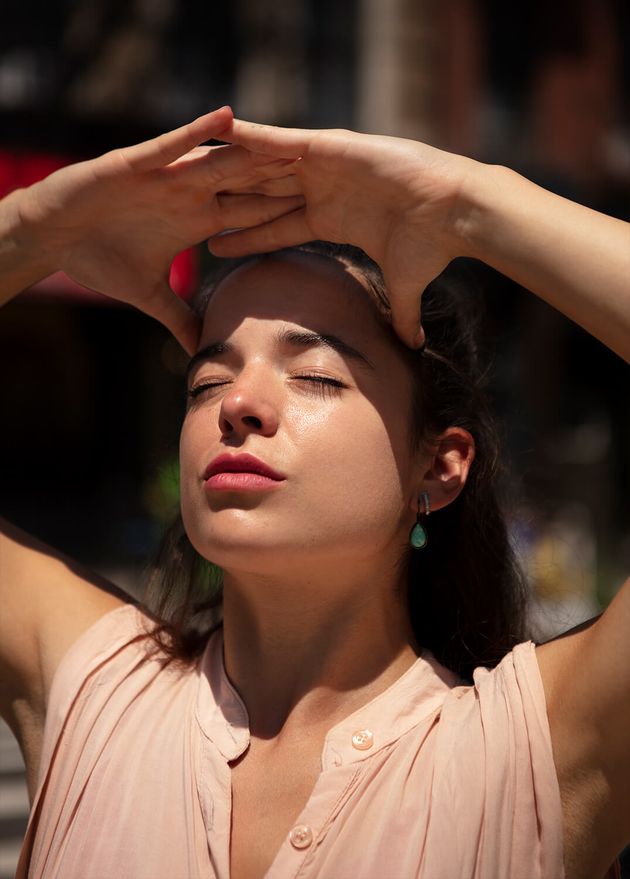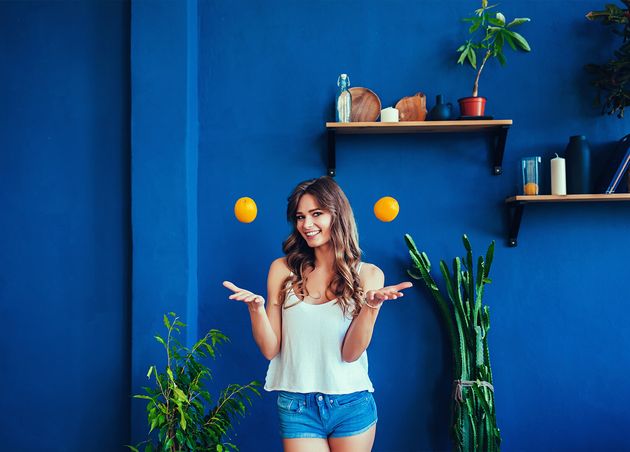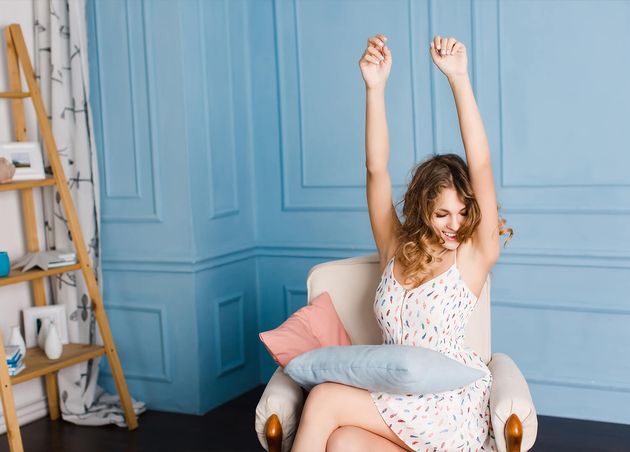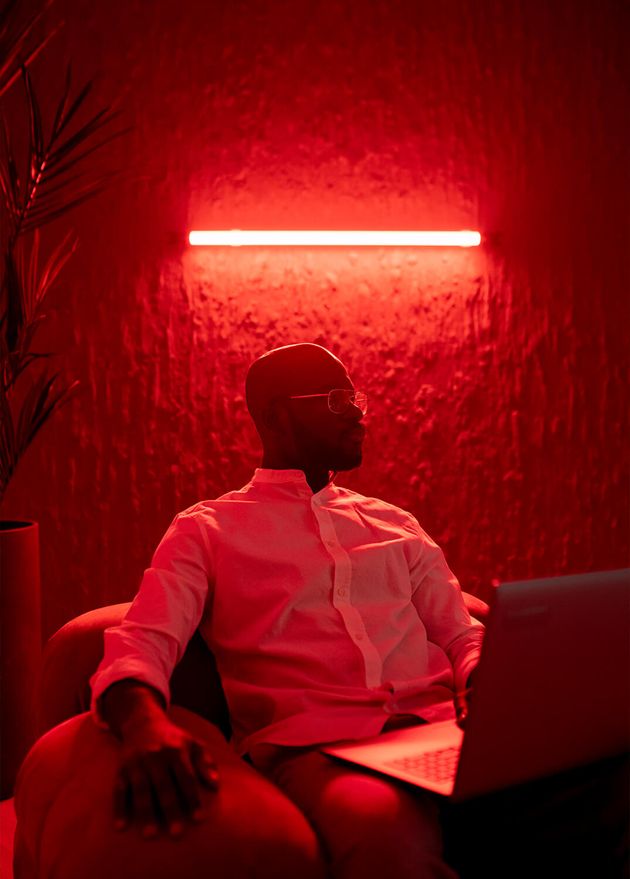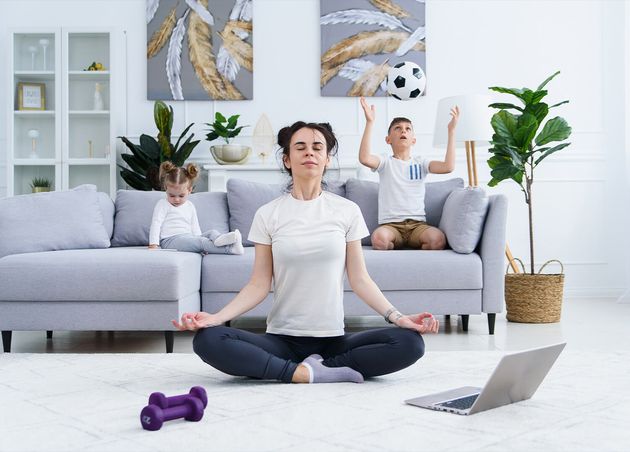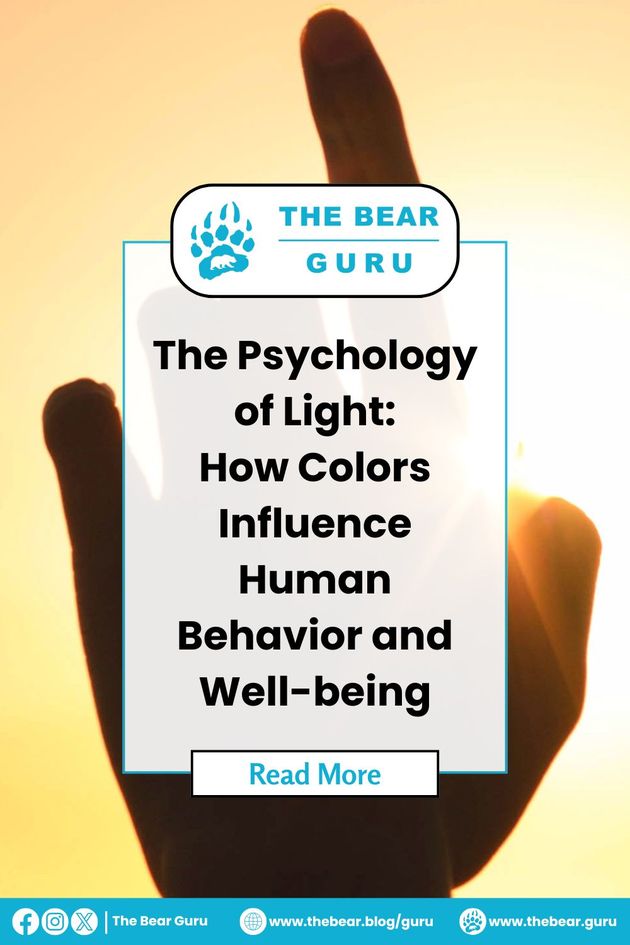The Psychology of Light: How Colors Influence Human Behavior and Well-being
Examine your bedroom walls if you find yourself feeling depressed every morning—the color of the paint may be the reason! Though additional studies are required to comprehend the connections between color and mood completely, color theory indicates that thoughtfully choosing your home's color scheme can positively affect your mental health and general well-being.
In addition to discussing each color’s purported psychological properties and the rooms in which they work best, this article will also discuss the advantages of color in influencing human behavior and well-being.
🏆 Guru Fact!
Color affects our emotions, piques our curiosity, and shapes our perceptions of products/services and the brands that produce them.
Impact of Lighting on Color
If you have ever painted a space the ideal shade only to have it appear less than ideal afterward, it's possible that the issue wasn't with the paint itself, your initial paint sample, or your application technique. Your lights may have been the true culprit.
When choosing paint colors, we frequently overlook the impact of lighting on color. However, the basic truth is that color cannot exist without light. Because of this reliance, various factors, such as the amount of artificial and natural light in a room, can influence how we perceive the color of paint.
In general, colors seem more vivid and saturated in spaces with lots of light; colors become duller and less intense in low light. Combined, ambient and natural light can help you obtain more accurate color. Before anything else, nonetheless, it's critical to comprehend the properties of these many light sources.
Impact of Color on Mental Health
Color theory states that colors can help with emotional issues. Color theory, sometimes called chromotherapy or color healing, postulates that certain colors and their frequencies affect your emotions, thoughts, and behavior on a physiological and psychological level.
For instance, someone anxious or agitated may look at blue to relax and slow their pulse rate, while someone depressed may look at reds and yellows to get more energy. Color psychology operates through simple exposure (e.g., surround yourself with orange to improve your energy). During a guided therapy session, a professional may separate particular color light wavelengths using projectors or specialty light bulbs.
Moreover, color theory has existed in one form or another since the ancient Egyptians. It might originate from Eastern healing techniques such as chakra balance, in which a different color is connected to each chakra (the body's energy reserves).
Effects of Excessive Illumination
Light can also be damaging if the irradiance is too high, especially for the eyes. This is especially true for the visible spectrum's high-energy blue area, sometimes known as the "blue light hazard."
Chemical reaction energy is created from light energy absorption. For instance, this may lead to the creation of reactive oxygen species, which may target DNA and other biological components. As a result, the retina of the eye may sustain photochemical damage (photoretinitis).
Looking into a bright source of radiation from a close distance for an extended time is generally not advised. This especially applies to visible light and UV-A rays for kids, whose lenses are more transparent than adults. It's usually unpleasant for people to stare at a (overly) bright light source, so that should be enough to deter them from doing so.
Thermal effects dominate the infrared and long-wavelength red parts of the visible spectrum. In essence, the damage is caused by heating, but this is only achievable at higher irradiances. Staring at the sun or strong artificial light sources like lasers can result in long-term retinal damage without eye protection.
5 Essential Color Scheme Interpretations
The psychological effects of color significantly shape color preferences and decisions. Color associations are a useful tool for interior designers, marketers, and artists to establish a mood.
Examine the following instances of how distinct color schemes elicit various interpretations and feelings:
- Blue
- Different shades of blue evoke a range of feelings, from calm to remote.
- Dark blue hues, for instance, might evoke feelings of isolation and detachment in observers.
- In addition to being relaxing, light blue colors also signify reliability.
- To calm nervous patients, medical offices frequently paint their walls light blue.
- Light blue is actually a popular color choice for logos, infographics, and website designs used by organizations as a branding tool.
- Green
- Green evokes calmness and renewal because of its links with the natural world.
- Surrounding yourself with green accents can create a peaceful and positive atmosphere since green colors reflect a range of earthy tones.
- However, in other literary contexts, green denotes feelings of contempt and envy.
- Purple
- Purple has been connected to wealth, power, and royalty throughout history.
- Purple color palettes are also associated with imagination, creativity, and inspiration.
- Lavender and other pastel purple tones are soothing colors.
- Red
- The primary color red evokes the most powerful sentiments and emotions.
- Red has a strong effect on the human body and is associated with love, passion, fury, and danger.
- Its stimulating impact raises one's vitality and heart rate.
- Red is a color that aids in the discharge of bad feelings and pent-up anger in color therapy.
- Yellow
- Yellow is an energetic hue that inspires enthusiasm and optimism because of its light and brilliant tint.
- Yellow's brightness and intensity draw the eye and have beneficial and bad consequences.
- Although yellow's brightness makes it a happy color, too much, especially in shades with strong saturation, can strain the eyes and irritate you.
🏆 Guru Trivia!
More than 60% of buyers consider color important when buying a car.
Advantages of Color Psychology
#1 Improved Stress Reduction and Decreased Anger
Coping with stress and overcoming anger is simpler when you surround yourself with or wear colors that promote calm and relaxation. You're less likely to get set off by annoyances, stressors, or unfavorable emotions when your surroundings make you feel content, energized, and driven.
Your mood can be improved with only a few vibrantly colored accessories or color splashes across your house.
#2 Diminished Seasonal Affective Disorder (SAD) Symptoms
Exposure to vibrant, upbeat colors may help a person feel more at ease and cozy in their house during the gloomy winter months. This counteracts the gloomy, low-energy state of mind that some individuals experience throughout the winter when there is less exposure to natural colors like greens, blues, and yellows and the days are shorter. According to some research, these vivid colors may even raise one's dopamine levels.
#3 Better Quality Sleep
Color exposure can regulate your body's internal clock or circadian rhythm, particularly if depression has interfered with it. This advantage has been extensively investigated using colored light; exposure to blue and green light, which are more prevalent during the day, is known to cause difficulty falling asleep.
However, research has found that red or amber light helps promote (and may even enhance) the creation of melatonin, which promotes sleep. Wearing blue light-blocking spectacles is an example of engaging in color theory.
#4 Improved Energy Regulation
Joyful, vivid colors can stimulate your mind and give you a renewed sense of vitality. Those who struggle with sadness or poor energy will find this very beneficial. However, if you're feeling anxious or overstimulated, being around gloomy, dismal colors can help lower your energy levels.
#5 Better Interactions and Communication
People are more receptive to socializing and opening up to others when surrounded by colors that evoke happy feelings. This might strengthen the person's relationships with family and friends and inspire them to get out and socialize. On the other hand, being surrounded by subdued or dark hues could make someone feel less willing to interact.
Colors With the Strongest Impact
Red is among the most potent colors when it comes to influencing someone's mood. Strong emotions like love and rage are associated with the color red, which can profoundly impact someone's attitude. Red is used in emergency and warning signs to raise awareness during emergencies.
Blue is a color that is simple for the human eye to identify on the color wheel, adding to its potency. The absence of blue in many foods makes it an unnatural color, which can help suppress hunger.
More Information About Color Theory
Color theory appears to work in certain cases, but further research is required. Few clinical studies have been conducted to demonstrate the efficacy of color psychology, and the ones that have are not entirely conclusive. For instance, one experiment demonstrated that participants who looked at the color blue during a guided relaxation session saw a tangible reduction in tension.
On the other hand, a control group led through the identical program and exposed to white likewise displayed less stress. This suggests that the placebo effect could significantly influence chromotherapy's efficacy. You're mentally trained to expect an impact, so if you believe a color will calm or stimulate you, chances are it will.
Experience the Psychology of Light and Colors
While there are some "universal truths" regarding the physiological and neurological effects of particular colors, each person's reaction to any color will vary depending on their experiences and cultural upbringing.
Generally speaking, there is no evidence to support the effectiveness of color psychology in comparison to other methods of mood regulation, such as journaling or meditation.
Guru Bear
Hi! I'm Guru Bear, your source for easy-to-follow tips and tricks for a better life. Join me on a journey toward personal growth and success as I guide you through simple ways to navigate life's challenges and make positive changes, unlocking your full potential along the way.
More From The Bear Guru
Thinking Outside the Blog: Guerrilla Marketing Strategies for Bloggers
Virginia Summers (Influencer Bear)
Taxation: Why It Matters to the Success of Your Business
Business Bear


